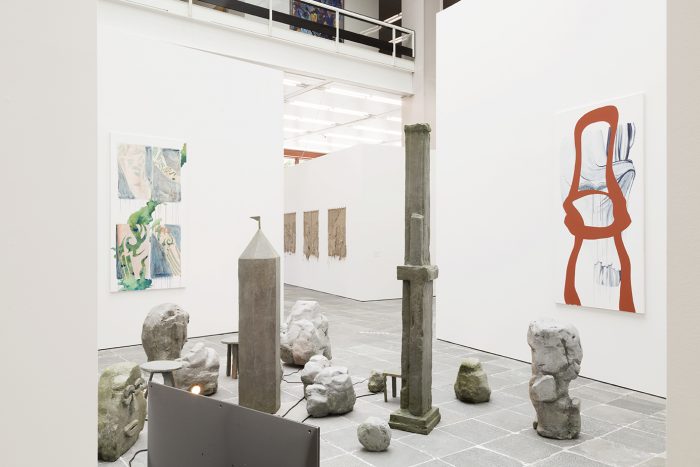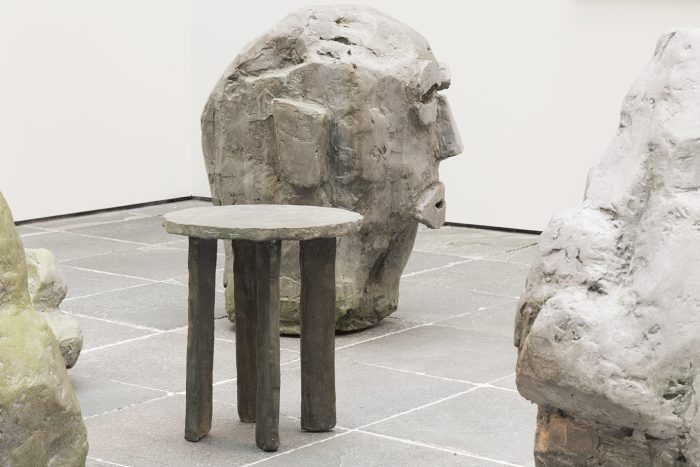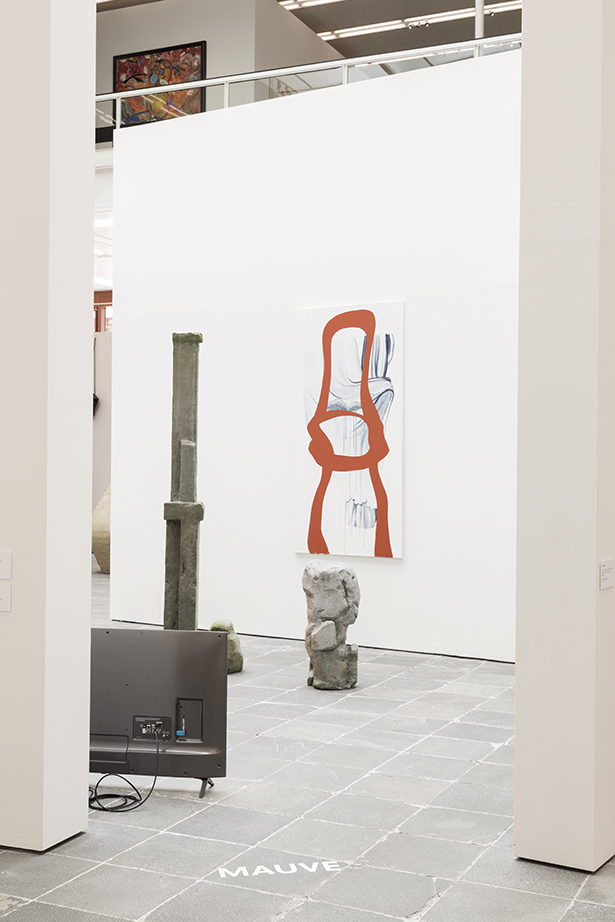Titania Seidl, Lukas Thaler, Laura Yuile
Friday, 3. Mai 2019, 7pm
exhibition until 02-06-2019
engl.
Hanging of Traitors in Effigie (Part 1)
How big is the impact we ascribe to an artwork?
Jean-Pierre Norblin de La Gourdaine’s Hanging of Traitors depicts a scene from eighteenth-century Poland during the Kościuszko Uprising. The rebels, having fled, were sentenced to death in absentia and were subsequently hung in effigy on the gallows. This painting stands for the poles that mark the boundaries of representation in visual art. On the one hand, there is a certain amusing irony in the notion that a painting, which, after all, consists only of paint, canvas, and frame, could actually be regarded as a de facto substitute for that which it portrays. On the other hand, the violence done to the artworks themselves is disturbing because it is clearly evident that the vitriol is directed at the subject matter.
The presentation at Belvedere 21 is the first chapter in a trilogy of exhibitions. Hanging of Traitors in Effigie shows how artists and viewers respectively approach the notion of representation. Do we, the audience, have such imperturbable faith in the unambiguous correlation between the subject and the image? Just how much fiction and how much imagination do we entrust to the artists in the practice of their craft? Do the producers of artworks speak only for themselves, based on their own sphere of experience, or do they regard their works as representative? If so, to what purpose and for whom? And how do we, in the role of the beholder, communicate with the works? Which identity do we ascribe to the works by our viewing practice?
The three parts of the exhibition trilogy will be shown between May and July 2019 at Belvedere 21 in Vienna, at MAUVE in Vienna and at Pencil Factory in New York City.
de.
Hanging of Traitors in Effigie (Part 1)
Wie groß ist die Wirkung, die wir einem Kunstwerk zugestehen?
Das Bild “Hängende Verräter” von Jean-Pierre Norblin de La Gourdaine zeigt eine Szene aus dem Polen des 18. Jahrhunderts während des Kościuszko-Aufstands. Da die Verräter geflohen waren, wurden sie in ihrer Abwesenheit zum Tode verurteilt und schlussendlich hingerichtet – mittels ihrer Portraits, die an den Galgen gehängt wurden. Dieses Gemälde steht für die Pole zwischen denen sich Repräsentation in bildenden Kunstwerken abspielt. Einerseits entbehrt es nicht einer gewissen Komik, wenn Gemälde, die am Ende doch nur aus Farbe, Tuch und Rahmen bestehen, als Substitut für das betrachtet werden, was sie darstellen. Andererseits ist die Gewalt, die ihnen angetan wird, trotzdem verstörend, weil klar ist, dass sie dem Bildgegenstand selbst gilt.
Die Ausstellung im Belvedere 21 ist das erste Kapitel einer Ausstellungstrilogie. „Hanging of Traitors in Effigie“ zeigt, wie KünstlerInnen und RezipientInnen mit Repräsentation umgehen. Besitzen wir als Publikum einen unerschütterlichen Glauben an den eindeutigen Zusammenhang von Abgebildetem und Abbild? Wie viel Fiktion, wie viel Imagination gestehen wir Künstlerinnen und Künstlern in ihrer jeweiligen Praxis zu? Sprechen Kunstproduzentinnen und -Produzenten nur für sich selbst, aus ihrem eigenen Erfahrungsbereich, oder sehen sie ihre Werke repräsentativ? Wenn ja – wofür und für wen? Und wie kommunizieren wir als BetrachterInnen mit den Werken, welche Identität schreiben wir durch unsere Betrachtung in die Werke ein?
Die drei Teile der Ausstellung finden zwischen Mai und Juli 2019 im Belvedere 21 in Wien, in den Räumen von MAUVE in Wien sowie bei Pencil Factory in New York City statt.














